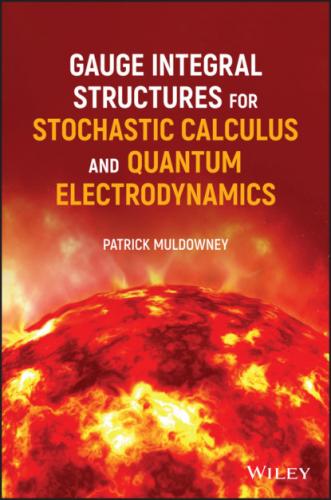href="#fb3_img_img_fe9fd190-acf7-5cec-b2c1-129a969c01e9.png" alt="script upper Y"/> (or
) from many jointly varying random variables, such as
, as
varies between the values
0 and
t. This is reminiscent of Norbert Wiener's construction in [169], which is in some sense a mathematical replication in one dimension of Brownian motion; even though the latter is essentially an infinite‐dimensional phenomenon with infinitely many variables. Without losing any essential information, a situation involving infinitely many variables is converted to a scenario involving only one variable.
3
The proof of the Itô isometry relation (see I1) indicates that, as a stochastic process, must be independent of . Otherwise the construction I1, I2, I3 would seem to be inadequate as it stands, whenever the process is replaced by a process .
In I3 the integrand does not have step function form; and, on the face of it, indicates dependence of (or ) on random variables and for every s, . If the integrand were (which, in general, it is not), with joint random variability for , and if is Brownian motion, then the joint probability space for the processes and is given by the Wiener probability measure and its associated multi‐dimensional measure space. (The latter are described in Chapter 5 below.)
Returning to I1, the Itô integral of step function is defined as
where the are random variable values of . It is perfectly valid to combine finite numbers of random variables in this way, in order to produce, as outcome, a single random variable (—which may be a joint random variable depending on many underlying random variables).
This part of the formulation of the integral of a step function in I1 corresponds to the integral of a step function in basic integration, and does not require any passage to a limit of random variables.
Now suppose each is a fixed real number ; so, for , . (Accordingly, in I1, can be regarded as a “degenerate” random variable, with atomic probability value.) Suppose the integrator is the real‐valued ds instead of the random variable‐valued . Then4
Formally, at least, this looks like the definition in I1 of when is a step function. The factor equals for each j. This emerges naturally from the mathematical meaning of the length or distance variable s, and from the
